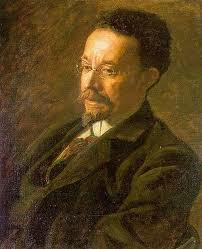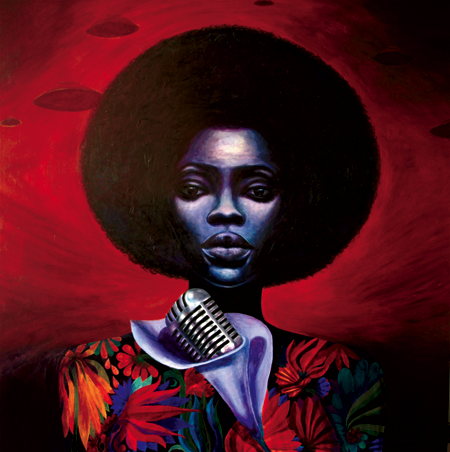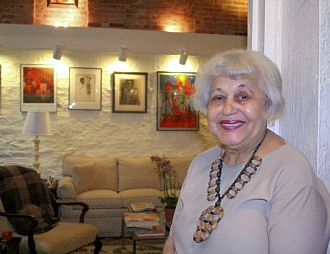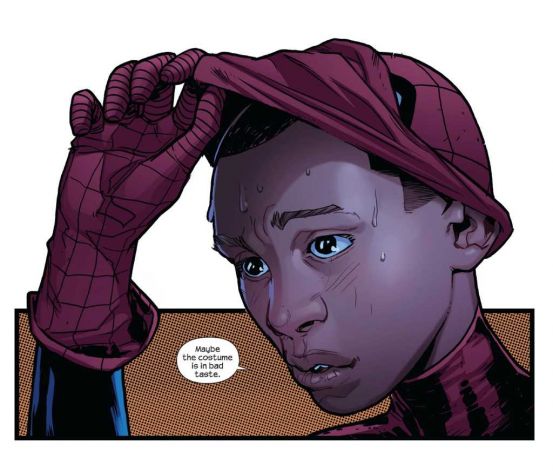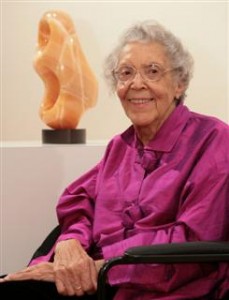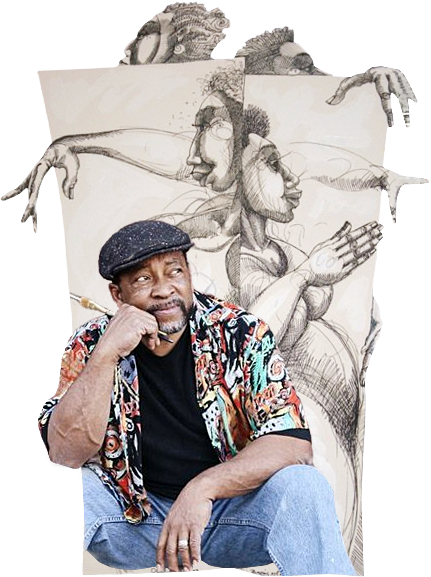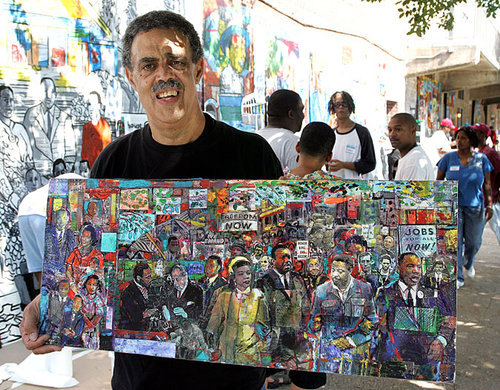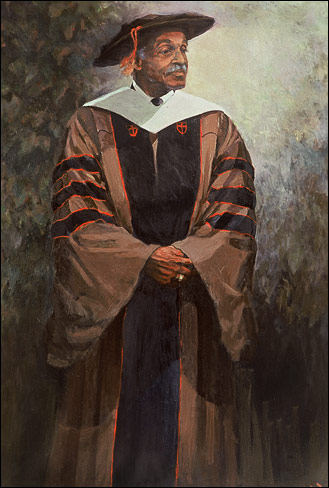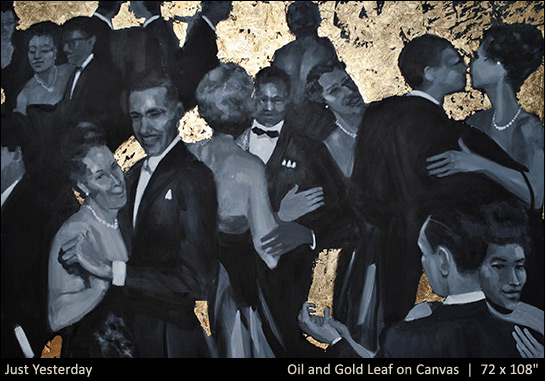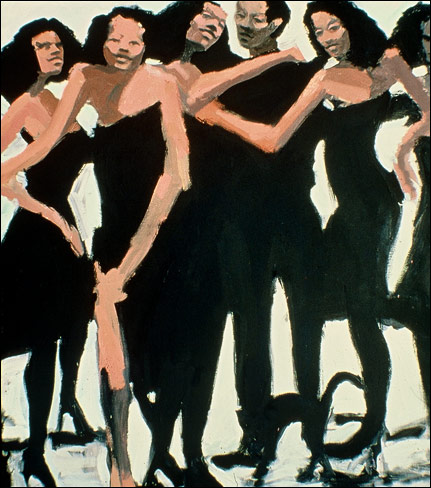Forty-four years ago today, my beloved friend and America’s soul and conscience, Martin Luther King, Jr. was assassinated while standing on a balcony of the Lorraine Motel in Memphis. The night before, April 3rd, 1968, during s speech at the Mason Temple, Church of God in Christ, in Memphis, he said:
“We got some difficult days ahead. But it doesn’t matter with me now. Because I’ve been to the mountain top … Like anybody, I would like to live a long life. Longevity has it place … I just want to do God’s will. And he’s allowed me to go up to the mountain. And I’ve looked over. And, I’ve seen the promise land. I may not get there with you. But, I want you to know tonight, that we, as a people will get to the promise land.”
Forty years after Memphis, America elected its first African-American as president of the United States. Less than four years after this historic election, George Zimmerman killed Trayvon Martin in Sanford, Florida.Is the shooting of 17-year-old Trayvon Martin under disputed circumstances part of the “promised land” of which Dr. King only got a glimpse as he looked over from his “mountain top”?
Is the wanton gun violence perpetrated by blacks principally against other blacks in several of our major urban communities throughout the United States also part of what Dr. King saw from his mountain top?Most important of all, other than appropriately protesting the killing of Trayvon Martin, for those fortuitously blessed with longevity, what are we, in real-time, doing about materially changing the landscape of gun violence that may or may not have been visible from Dr.King’s mountain top?
Yes, it is important that public pressure be maintained to insure that the circumstances surrounding the death of Trayvon Martin are fully and impartially investigated, disclosed; and, that any action, justified by the facts of an investigation, be initiated immediately. However, the incident in Sanford, FL does not obscure nor diminish our continuing moral responsibility to the legacy of Dr. King, whose assassination we pause and remember today.
Part of that continuing moral responsibility requires that, whatever events are factually confirmed in the Trayvon Martin case, white America must pause in a moment of “reality reflection” and ask itself, today on April 4th, 2012: If George Zimmerman had been a 40-year-old black man, 100 pounds heavier than Trayvon Martin and shot an unarmed 17-year-old white boy, do you think Zimmerman would have been released by the Sanford police without an arrest?
Also, 44 years ago today, Senator Robert Kennedy was campaigning for president in the Democratic presidential primaries of Gary, Indiana. The almost exclusively black audience assembled to hear his speech did not know yet that Dr. King had been assassinated earlier that evening. Senator Kennedy announced the news to them. His words on that occasion spoke to the conscience of our nation at that time. They are worth recalling today. Among other things, he said:
“I have some very sad news for all of you, and I think sad news for all of our fellow citizens, and people who love peace all over the world, and that is that Martin Luther King was shot and was killed tonight in Memphis, Tennessee.For those of you who are black — considering the evidence evidently is that there were white people who were responsible — you can be filled with bitterness, and with hatred, and a desire for revenge.
We can move in that direction as a country, in greater polarization — black people amongst blacks, and white amongst whites, filled with hatred toward one another. Or we can make an effort, as Martin Luther King did, to understand and to comprehend, and replace that violence, that stain of bloodshed that has spread across our land, with an effort to understand, compassion and love.
For those of you who are black and are tempted to be filled with hatred and mistrust of the injustice of such an act, against all white people, I would only say that I can also feel in my own heart the same kind of feeling. I had a member of my family killed, but he was killed by a white man.
But we have to make an effort in the United States. We have to make an effort to understand, to get beyond these rather difficult times.”
Dr. King would sometimes quote the 18th century dramatist and hymnist, William Cowper, “The Lord works in mysterious ways and has wonders to perform. He plants his footsteps in the sea, And rides upon the storm.”
Maybe the confluence of events in Sanford with this anniversary of Dr. King’s murder is a “mysterious way” in which we, as a nation, are given another providential unique opportunity for America to heal itself from the disease of racism. Perhaps we must now, once and for all, confront and no longer ignore the 800-pound gorilla in every household, office, corporate, state, and federal agency; and every religious and educational institution, in every community throughout our country: the absence of any forthright and frank discussion about race relations in America and the continuing systemic impact of racism, 24/7 in our daily lives 44 years after Dr. King’s assassination.
There are some, I am sure, who prefer to remain in a state of comfortable denial and contend that such an issue is not worthy or necessary of our immediate attention and discussion. After the institution of slavery and our Civil War, our country never had the benefit of a domestic equivalent to the Race and Reconciliation Commission created by Nelson Mandela in connection with the ending of Apartheid in South Africa. Its National Commission enabled the people of South Africa to make a peaceful transition from the racial segregation and white racism under an Apartheid government to a multiracial society.
The closest analogy to South Africa’s Race and Reconciliation was the era of Reconstruction, 1865-1877, following the assassination of Abraham Lincoln and the Civil War. It was congressionally intended to deal with the consequences of and the transition from previous decades of the institution of slavery in our country to a democratic society. It did not succeed. Instead, it left a legacy of years of bitterness between white America and descendants of former slaves.
A constituent part of that failure has been an institutional unwillingness to openly and frankly talk about the relationship between white and blacks in our country; and specifically, during the 20th and 21st centuries, the relationship between the black community and institutions of white power, such as the police in various communities throughout the United States. This is especially so in those states in the South, but not limited to them.
It still may not be too late, in memory and tribute to Martin Luther King, Jr and now, Trayvon Martin, and all the other Trayvon Martins killed by gun violence in the United States for America once and for all to summon the courage to confront the 800-pound gorilla of unspoken frank conversations about race in America.
This issue is substantive on its merits. Moreover, contrary to the call of some African-American civil rights leaders, a successful initiative to get our nation to confront the issues of race does not require or depend upon President Obama assuming or asserting special national leadership on this issue, at this time. To do so during a presidential election year will most likely be characterized as divisive by his political opponents, and potentially take our attention and focus off of the need for us to assume, in our respective communities, the leadership necessary to address the issues of race, racial profiling, and gun violence involving young black men, with or without a hoodie.
In short, what’s important is not what the president does, but what are we, as nation, going to do through our leadership and community institutions across the nation to stop 24/7 gun violence which on many weekends in Oakland, Chicago, New Orleans, Los Angeles, New York City, just to mention a few, result in nothing less than “black killing fields.”
Based upon the 39 years of his unique personal journey and experiences during his life, Dr. King’s optimism was justified at the time of his death. His observation of the “Promised Land” from the mountain top that God had allowed him to see was prophetic and reasonable.
But, he was deprived of the additional 44 years of insight and experience that could have enhanced and sharpened his view from “the mountain top.” We, however, have not been so deprived of additional years of learning longevity.Those persons alive today, part of that successor generation following April 4th, 1968 still have the opportunity and moral responsibility to say, now 44 years later, with the added death of Trayvon Martin and so many other young black men in America: Enough! Enough! Stop the violence!
It is time for the current generation to end our continued participation in the denial of the reality of racial profiling of young black men by the police and para police and wanton gun violence perpetrated by many of those same young black men against one and other. Our silence and inaction makes us enablers of the continued hypocrisy about race in America.
Regrettably, on Monday, April 2nd, 2012, our Supreme Court, in a 5-4 decision, in the case of Florence v. Burlington County (New Jersey) ruled that law enforcement officials may strip-search people arrested for any offense, however minor, before admitting them to jails even if the officials have no reason to suspect the presence of contraband! The case arose from the arrest of Albert W. Florence, an African-American man in New Jersey. In 2005, Mr. Florence was in the passenger seat of his BMW when a state trooper pulled his wife, April, over for speeding. A records search revealed an outstanding warrant for Mr. Florence’s arrest based on an unpaid fine. (The information was wrong; the fine had been paid.)
Cases like that of Albert Florence contribute to the belief and perception among wide segments of the African-American community that little progress has been made since the findings of the 1968 Kerner Commission Report: “Our Nation Is Moving Toward Two Societies, One Black, One White — Separate and Unequal.” The Report noted that:
“The police are not merely a ‘spark’ factor. To some Negroes police have come to symbolize white power, white racism and white repression. And the fact is that many police do reflect and express these white attitudes. The atmosphere of hostility and cynicism is reinforced by a widespread belief among Negroes in the existence of police brutality and in a ‘double standard’ of justice and protection — one for Negroes and one for whites.”
Forty-five years ago, yesterday, April 3rd, 1967, Dr. King delivered a powerful speech at Riverside Church in New York City, publicly voicing his opposition to the continuation of the Vietnam War. The caption of his address was “Time to Break the Silence.”
The time is now overdue for America to break its silence on the continued consequences of our failure to confront forthrightly and publicly the continuing issue of race in the United States, once and for all. We can no longer ignore the presence of the 800-pound gorilla in every American household. I respectfully suggest that this is how we should reflect upon the 44th Anniversary of the assassination of Martin Luther King, Jr.
Finally, no reflection about Dr. King would be complete without remembering what he would often remind those of us who worked closely with him: That he was a Minister of God, before he was a “civil rights leader.” As a Minister of God he genuinely believed in the commandments of his Christian religion — love thy enemies. He believed in the redeeming power of love. He would quote to us from Proverbs and Corinthians in the Bible:
Proverbs 10:12 tells us “Hatred stirs up strife, but love covers all offenses.”
Love is patient and kind; love does not envy or boast; it is not arrogant or rude. It does not insist on its own way; it is not irritable or resentful; it does not rejoice at wrongdoing, but rejoices with the truth. Love bears all things, believes all things, hopes all things, and endures all things. Love never ends. (1 Corinthians 13:4-8)
Dr. King would want us to remember that “only love can enable forgiveness, redemption and reconciliation”; all indispensable for our long-term survival in 2012 and beyond.


